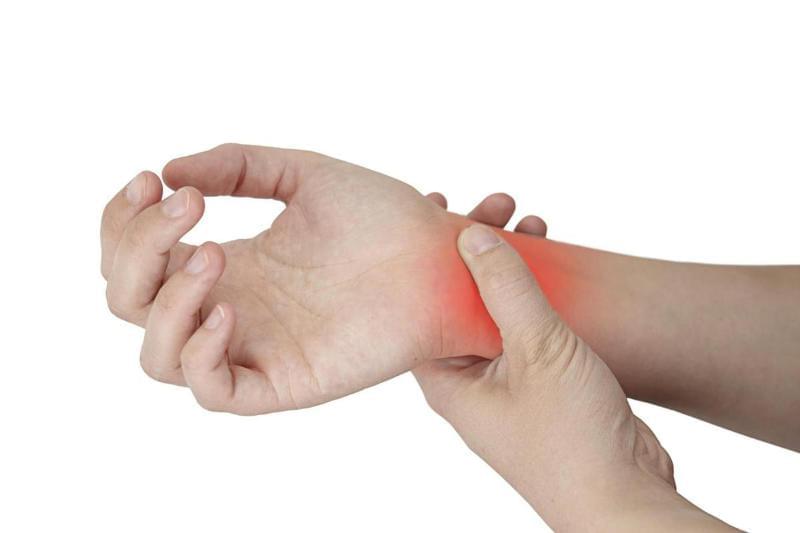
What Is Carpal Tunnel Syndrome (CTS)?
Carpal Tunnel Syndrome (CTS) is a condition that many patients suffer from for years without realizing its cause.
CTS occurs when the median nerve, which passes through the inner wrist, experiences pressure due to various reasonsor repetitive trauma. Direct damage to nerve fibers due to compression, along with disruption of blood flow in the capillaries that nourish the nerve, are the main causes.
Causes of CTS
Among the most common causes of CTS are:
-
Typing on keyboards,
-
Kneading dough,
-
Doing handicrafts,
-
Milking cows,
-
Excessive finger movements due to repetitive tasks.
Certain medical conditions can also increase CTS risk, including:
-
Diabetes,
-
Thyroid disorders,
-
Wrist fractures or cysts,
-
Gout,
-
Uremia.
Patients initially experience numbness and tingling in their fingers, later developing pain spreading from the wrist to the first three fingers. Since daytime activities distract them, they may not notice the symptoms as much. However, during the night, symptoms intensify and may prevent them from even closing their fingers in the morning.
A characteristic clinical sign is when tapping the inner wrist causes a sensation of electric shock or severe pain in the fingers.
How Can I Identify CTS Myself?
If you feel numbness, tingling, or pain in your first three fingers (thumb, index, and middle finger), this should raise suspicion. If pressing on three specific points in the center of your inner wrist triggers electric-like sensations in these fingers, you likely have carpal tunnel syndrome.
Prevention Methods for CTS
To prevent CTS, avoid repetitive activities that strain the wrist:
-
Using ergonomic keyboards and mouse pads with wrist support,
-
Switching to milking machines instead of manual milking,
-
Avoiding sleeping on your hand,
-
Reducing activities like kneading dough or grinding meat,
-
Wearing work gloves when using tools like pliers, shears, and hammers.
What Should I Do If I Suspect CTS?
If you suspect CTS, the severity of your symptoms will determine the necessary steps. A nerve conduction test (EMG) is required, and you should consult a specialist in neurology, physical therapy, orthopedics, or neurosurgery.
If your doctor suspects nerve compression, they will refer you for an EMG test. The test involves small electrical pulses applied to various points on the arm. Occasionally, fine needles may be used for further muscle examination. The results will indicate the severity and location of nerve damage.
Some laboratories classify nerve compression as mild, moderate, or severe. Ultrasound or MRI scans of the wristmay also be used to confirm the diagnosis.
Should I Take Medication, Have Surgery, or Try Physical Therapy for CTS?
Treatment varies depending on the severity of nerve damage seen in the EMG test.
-
Mild cases: Medications, protective measures, and exercises are recommended.
-
Moderate to severe cases: Surgical intervention is usually advised.
Treatment options include:
-
Wrist braces,
-
Steroid injections,
-
Medications,
-
Physical therapy exercises.
Choosing the most suitable treatment requires consultation with your doctor. The best approach is preventing CTS from worsening.
Wishing you healthy days ahead!

